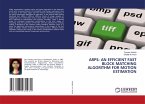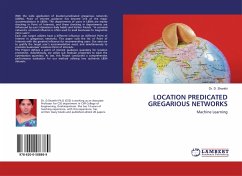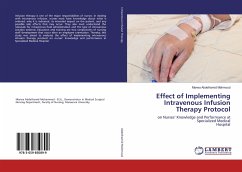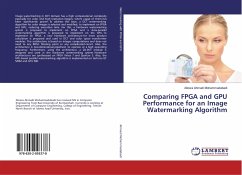A wireless sensor network consists of hundreds and/or thousands of homogenous and/or heterogeneous nodes that are able to interact with environment and sense data. As these networks are energy constrained, energy efficiency in routing is crucial research issue nowadays. Many flat and hierarchical protocols have been proposed to improve the network lifetime. Low Energy Adaptive Clustering Hierarchy (LEACH) protocol is a well known energy efficient hierarchical routing protocol in WSN. In LEACH, nodes are divided into clusters and cluster heads for clusters are selected. Nodes send their data to respective cluster head and the cluster head is responsible to send the collected and aggregated data directly to the sink. This paper evaluates the performance of the LEACH protocol and gives an improvement to it for energy efficiency. The proposed protocol considers many parameters like residual energy and distance from base station etc. for cluster head selection and energy efficient routing.
Bitte wählen Sie Ihr Anliegen aus.
Rechnungen
Retourenschein anfordern
Bestellstatus
Storno








